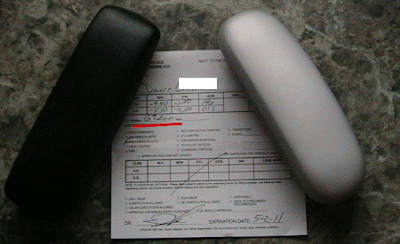 |
| Flickr/cc - dichohecho |
Perhaps you have a job that deals with the exchange of money, or maybe you travel internationally for business quite often, or just maybe you travel widely for personal enjoyment. There are ways that foreign coins make their way into our hands. The question is what do you do with them? Is it really worth keeping all of these random coins, or should you just throw them away?
Whether you have extra coins from a trip to the Bahamas, a Mexican peso that shows up in your register drawer, or European coins you find in your suitcase after a business trip, there are many different things you can do with these coins. Throwing them away is probably the worst idea! Money is money, and the idea of throwing it away should be an absolute last resort. Let’s examine what you could do with these coins..
Save Them
Create a special jar that is specifically designated as your “foreign currency jar.” Every time you come across a coin just place it in the jar and watch your collection grow. Chances are that the monetary value of the coins in the jar will never appreciate enough to act as your retirement nest egg, but over time you may save up a few bucks. After the jar fills to a decent level, you could take a trip to your local money exchange or bank and exchange the money for U.S. Dollars. The amount may not be huge, but it may be enough to get some take-out Chinese or catch a movie! Remember the “millionaire next door” is usually the gal or guy who pinches pennies, cut coupons, and takes advantage of every cost-saving thing possible. Saving these coins in a jar is just another way to save money.
Give Them As Gifts
Now if you save up a few random foreign coins and give them to your significant other on his or her birthday or anniversary, chances are it will not go over very well. However, your 5 year old niece or nephew may love them. In fact, most kids love to collect coins and the concept of money in general. Giving away your foreign coin collection can be a genius way to keep from having to actually buy anything for the family “Secret Santa” at Christmastime, and your gift will probably be the most beloved of all. What kid doesn’t want a foreign coin??
Donate Them To The Local School
Teachers are always in search of free classroom materials, and foreign currency can be a great addition to any classroom. In elementary classes, a teacher may want to use them to expose students to another culture, while in high school, history and economics teachers would most likely love to get their hands on foreign currencies to use as objects during their various lessons. This would be a social service and would benefit the schools nicely, and it will make you feel good at the same time because you would be fulfilling your service as a model citizen that cares for the educational system.
Throw Them Away
If you throw them away, you will be either costing yourself Chinese take-out or depriving a child of innocent joy and wonder! A little creativity could unlock even more possibilities for what to do with these coins, but there seem to be too many possible positive uses of these coins to seriously consider throwing them away.

















